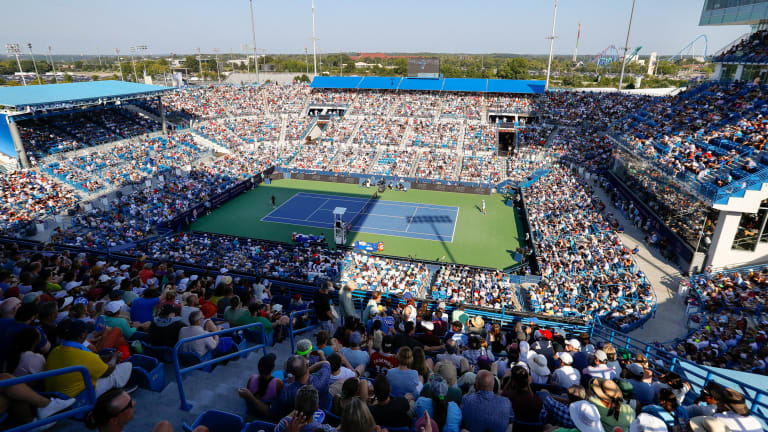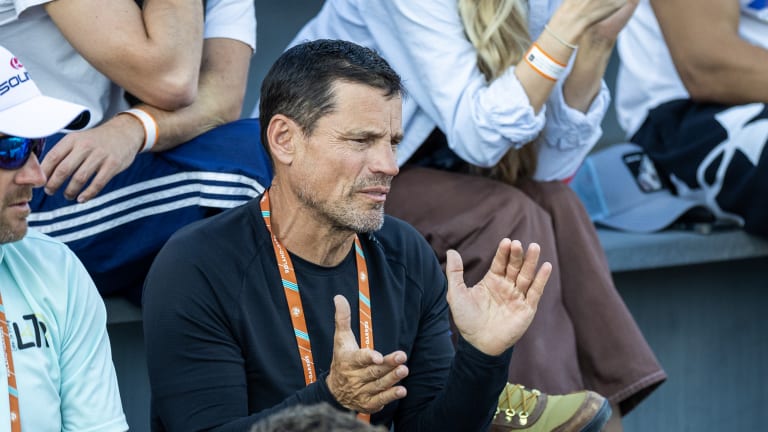The Business of Tennis
How Cincinnati prevailed over Charlotte in a tennis battle of the Queen Cities
By Oct 19, 2023The Business of Tennis
Carlos Alcaraz surpasses 40 million dollars in career prize money after winning Monte Carlo
By Apr 14, 2025The Business of Tennis
University of Virginia men’s tennis team secures permanent 'in perpetuity' funding
By Apr 13, 2025The Business of Tennis
Charleston Open will pay women same as men starting in 2026
By Apr 06, 2025The Business of Tennis
Top ATP, WTA players pen letter to Grand Slams seeking greater share of revenue
By Apr 04, 2025The Business of Tennis
Chairman Andrea Gaudenzi will take over as interim ATP CEO after Massimo Calvelli departs
By Apr 04, 2025The Business of Tennis
Novak Djokovic, Coco Gauff and other players ask Grand Slam tournaments for more money and more say
By Apr 03, 2025The Business of Tennis
Wimbledon plans to upgrade the fans' favorite hill for 150th anniversary
By Apr 03, 2025The Business of Tennis
Tennis star Coco Gauff launches own management firm
By Apr 03, 2025The Business of Tennis
Carlos Alcaraz doesn't support the lawsuit from tennis players' group Novak Djokovic founded
By Mar 19, 2025The Business of Tennis
How Cincinnati prevailed over Charlotte in a tennis battle of the Queen Cities
Everyone needed to come together for the longstanding tournament to remain where it's been for over a century. And everyone in the Midwest should celebrate.
Published Oct 19, 2023
Advertising

This year's men's final between Novak Djokovic and Carlos Alcaraz was one of the finest in tournament history. But many wondered if it would also be one of its last.
© Icon Sportswire via Getty Images
Advertising
Advertising
Advertising

Ben Navarro, pictured watching his daughter, Emma, compete at Roland Garros earlier this year, ultimately decided the costs of moving the Western & Southern Open to Charlotte were too high.
© Corbis via Getty Images